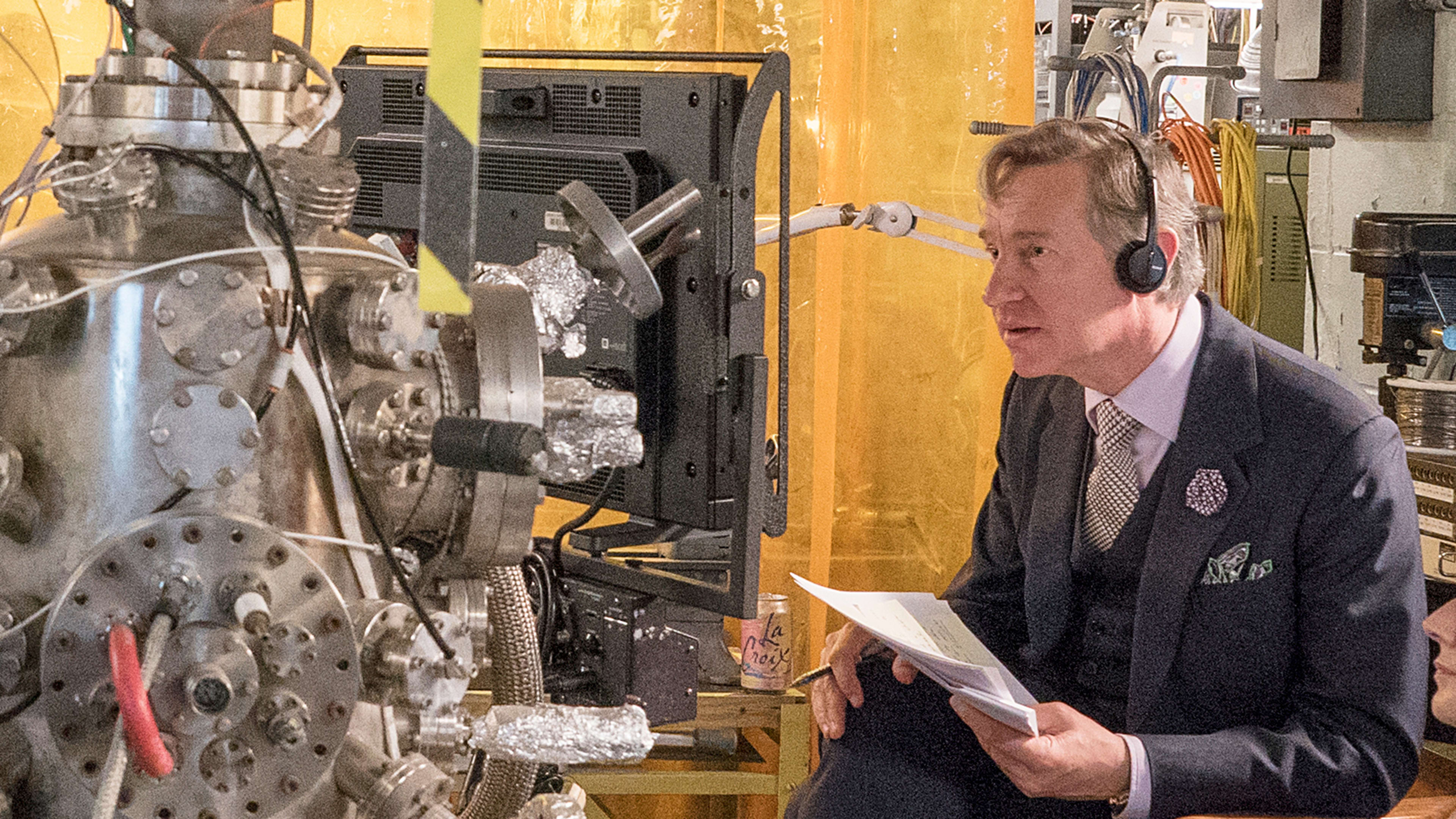After Paul Feig saw his revered comedy series Freaks and Geeks cancelled in 2000 after just one season, he regrouped to become one of Hollywood’s most bankable comedy directors. The man behind female-driven blockbusters Bridesmaids, Heat and Spy, Feig took a break from putting finishing touches on his upcoming Ghostbusters remake to address the USC School of Cinematic Arts graduating class of 2016 over the weekend. “The thrust of my speech is, it’s great to have a world view, to have a message, make a political statement or say what you want to say about the human condition,” Feig says. “But nobody wants to be lectured to. I find the more effective way to get an audience on your side or to think about things you’d like them to think about is by entertaining them, and in my case, by trying to make them laugh.”
Shortly before delivering the May 13 commencement speech, Feig, a USC alum, warmed up for the occasion by sharing creative lessons he’s learned along the way to becoming a 21st-century comedy kingpin.
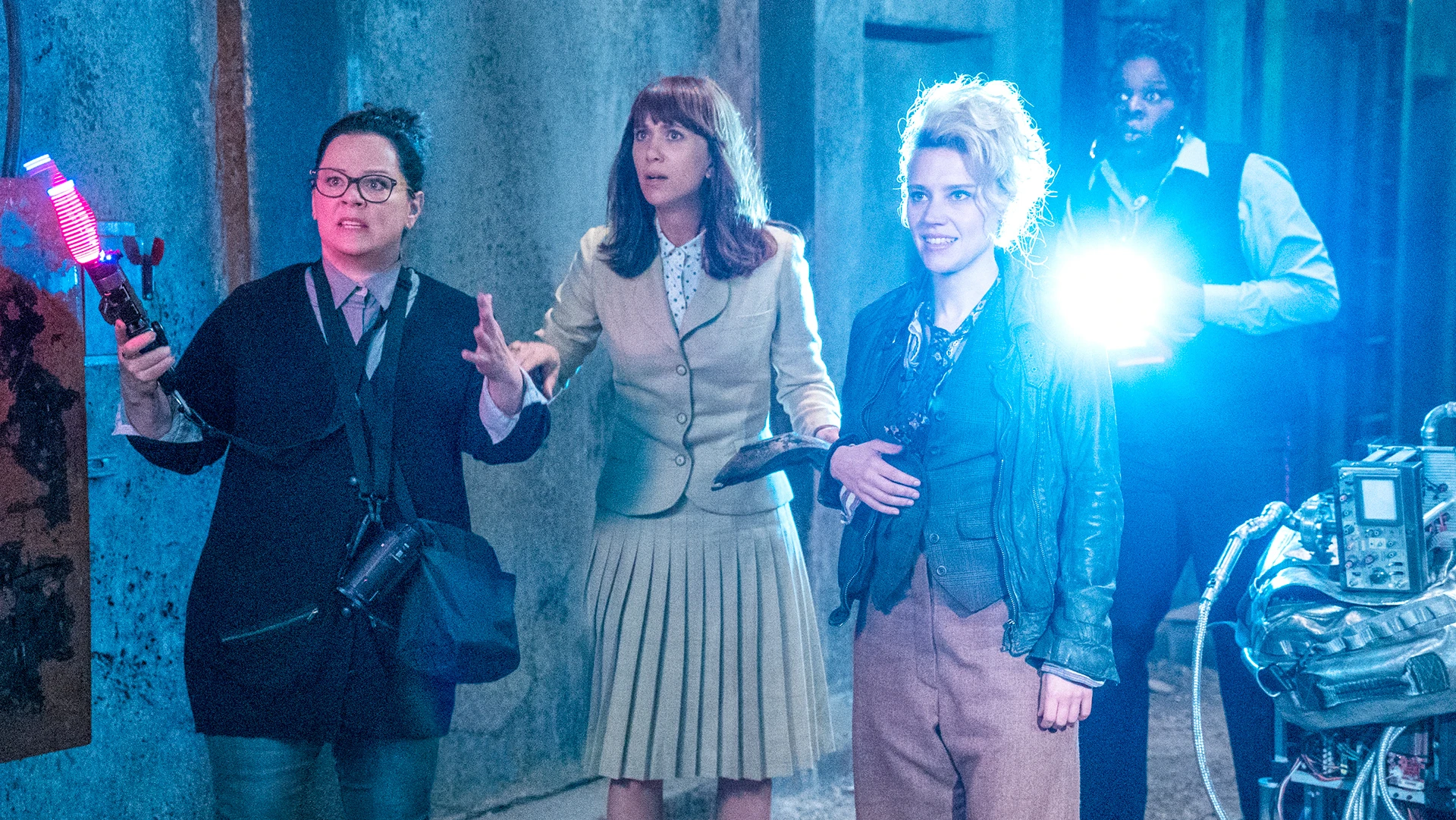
Fish Out of Water
Born and raised in suburban Detroit, Feig moved to Los Angeles in 1982 to study film production at USC. “The film school was very arty, very counter-culture but I didn’t go there wanting to be the next Godard,” Feig says. “I came in as a comedy guy. I figured, ‘I’m an actor but if I learn how to make movies, then I’ll be better in front of the camera and then I can eventually write and direct my own films and put my self in them,’ which is something I ended up not doing, thank God.”
Feig’s student work included a hand-animated Terry Gilliam-style comedy short about a PacMan who can’t take it anymore and vomits millions of yellow dots. “When they showed it in class, the teacher said, ‘Alright what do we think?’ John Schwartzman, who wound up becoming this great cinematographer, goes, ‘I don’t know what to say. It was funny? I don’t know.’ I was surrounded by people who wanted to make art films and I was this perplexing oddity in their midst.”
Surviving a Dry Spell
After Feig graduated from USC in 1984, he toiled for 16 years in relative obscurity as a script reader, stand up comedian, Universal Studios tour guide, character actor, game show contestant (he won The $25,000 Pyramid) and perpetually frustrated writer-director. “I was very insular as a writer because I didn’t want to let people come in and change my words,” Feig recalls. “I got very precious about stuff: ‘They don’t understand what I’m trying to do, blah blah blah.’ I did that for a number of years. I couldn’t sell anything and I couldn’t get anything made.”
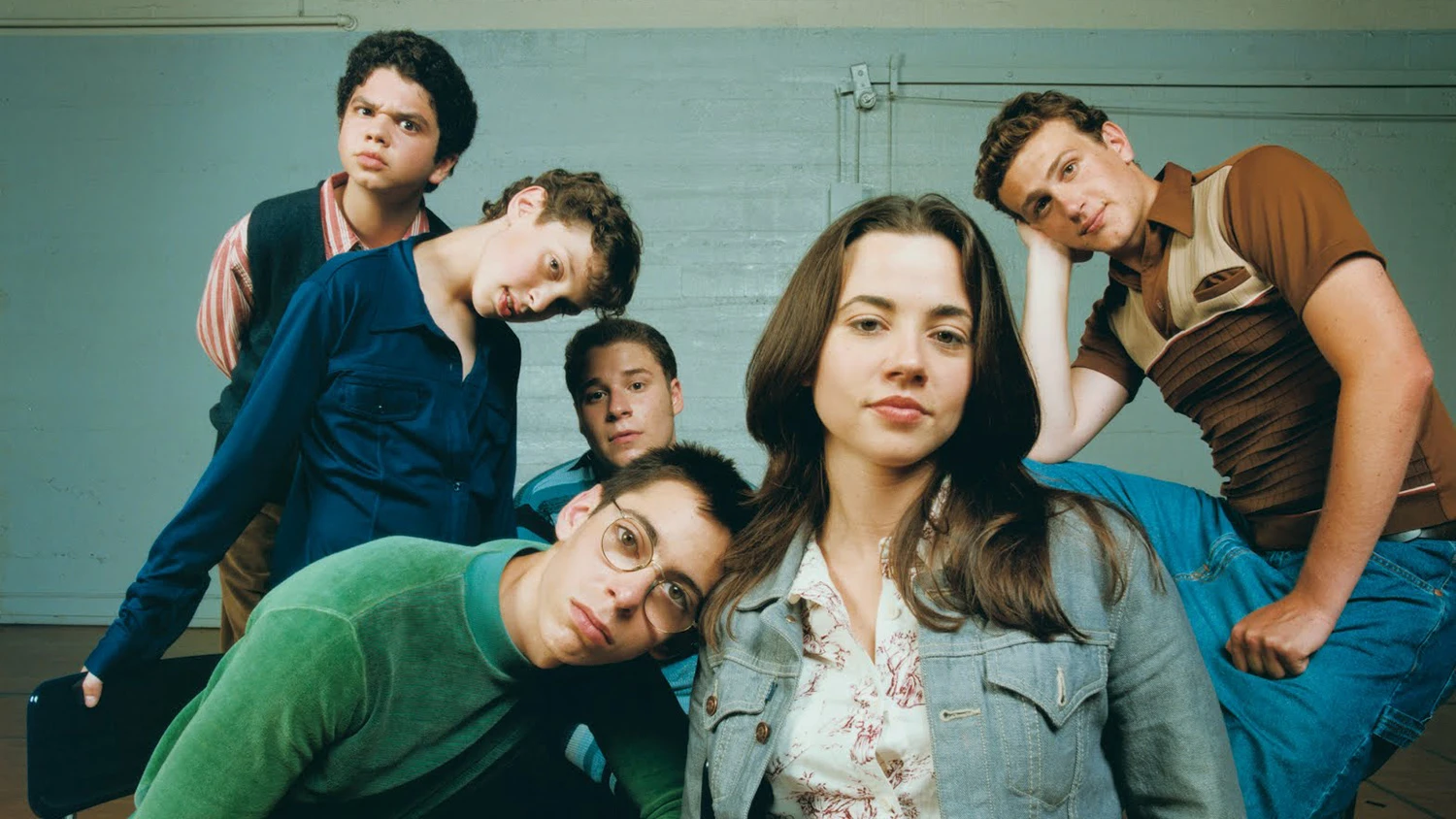
Freaking Out Over “Freaks and Geeks”
In the late ’90s, Feig went on the road to promote a self-financed indie movie. In between film festival stops, he channeled his experiences as a high school misfit to write the Freaks and Geeks pilot episode and sent it to his friend Judd Apatow. Together, they pitched the comedy to rapturous network executives. Feig recalls, “NBC loved it so much they were like, ‘Don’t make any changes, shoot exactly the script you just sold us.’ I’m going ‘Oh my God, this is the dream!’ So I go to the office thinking we’re going to start casting and Judd goes, ‘Alright, let’s tear the script apart!’ And I was like, ‘Wait, what are you talking about?’ And he said, ‘Come on, let’s get in there and play with it. If it’s not good we can always go back to what you had.’ I started re-writing sort of under protest and went into this one-week tailspin of like, ‘My own army is shooting at me!’ But Judd came up under Garry Shandling and that was how Shandling did it: ‘We can always make this better. Keep making it better.'”
Additional feedback from pilot director Jake Kasdan and a “do-or-die” midnight re-write following the show’s first table read inspired Feig to permanently re-think his approach to collaboration. “It suddenly cracked me open to realize, ‘It’s so much better when you can get input from people you trust.’ To any up and comer I would say, ‘You’ve got to be open. Just be open. Have a strong opinion, make the work as strong as you can, but then find people you trust and listen to them.”
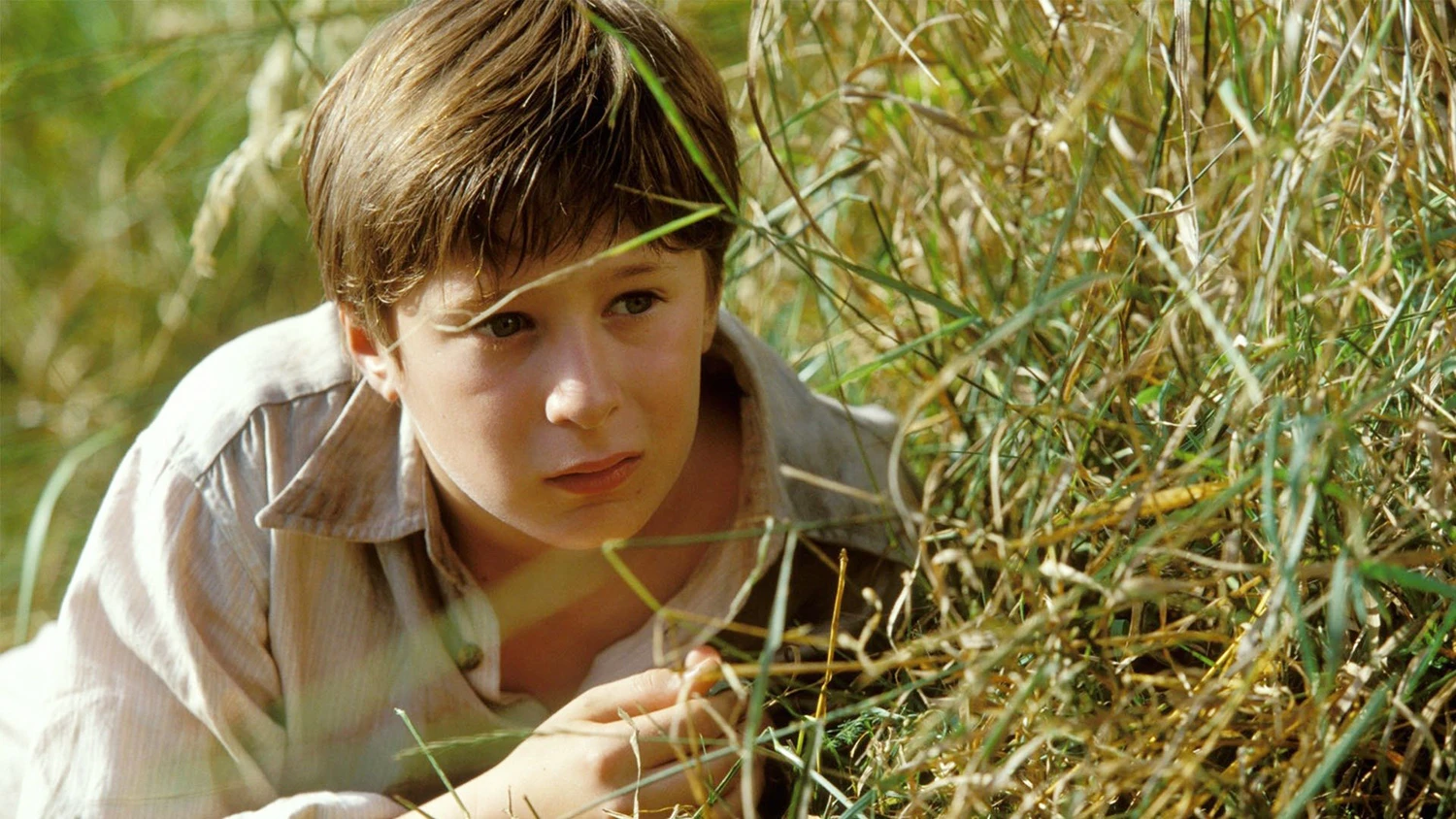
Going Dark
In 2006, Feig took a break from comedy to make the Holocaust-themed film I Am David. “They wanted to do a test screening down in Orange County because this was the first movie with any kind of budget that I’d ever made,” Feig recalls. “The audience filled up the room, we screened I Am David and it got really good scores. But then as everyone left the theater, I saw people from the screening company hand each person a white envelope. I go, ‘What’s in the white envelope?’ They said ‘When we told people what your movie was about, nobody wanted to come. We had to promise everyone five dollars to see the movie.’ That’s the moment where you go, ‘Well then, we’re dead. We literally will have the lowest-grossing movie of all time,’ and we pretty much did. It’s great that people make artful films with deep messages but if people don’t want to go see it in the first place, you’re kind of cooked.”
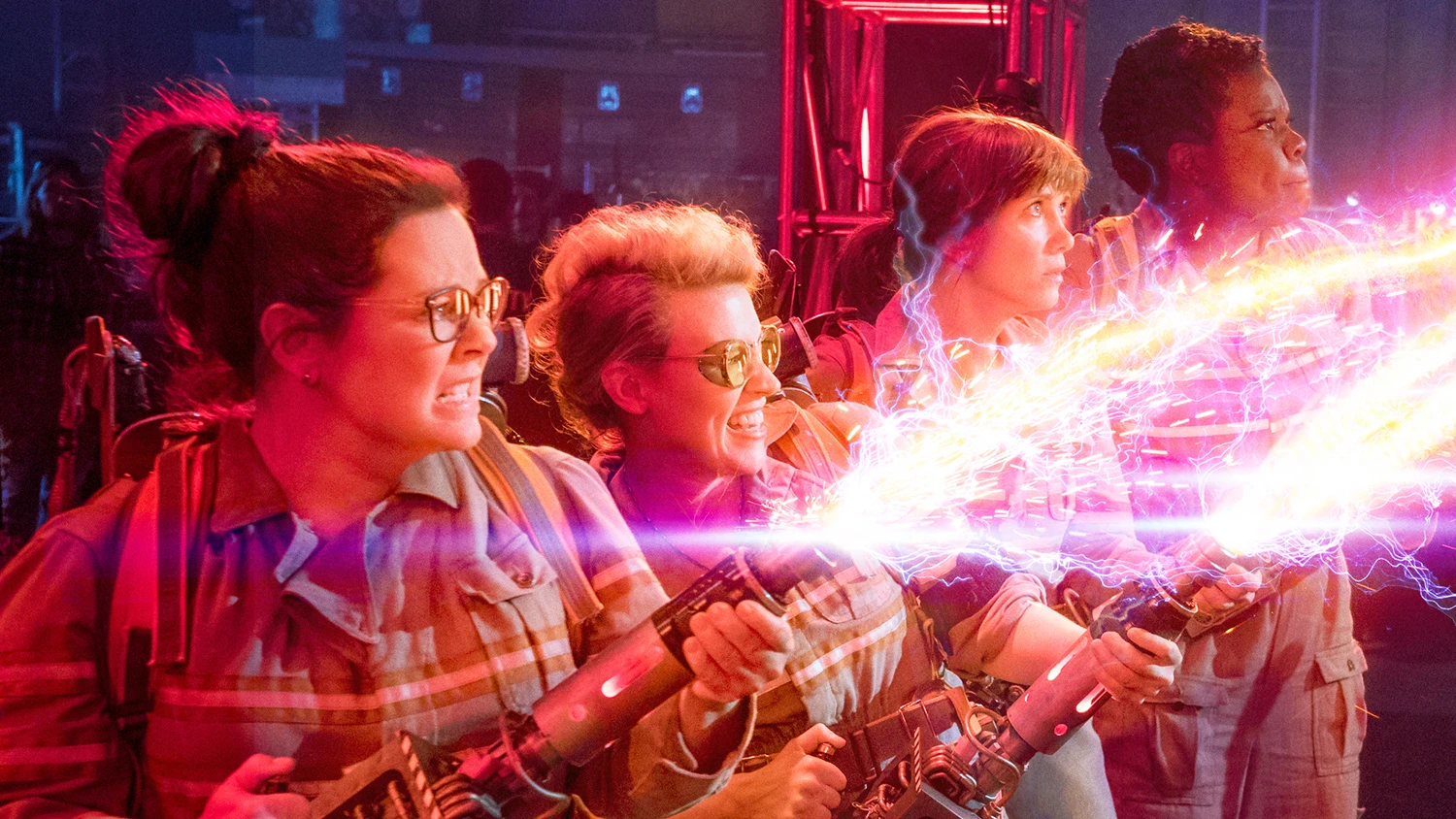
Getting Into the Give and Take
Early in his career, Feig admired Alfred Hitchcock’s top-down approach to filmmaking, but since then, he’s developed a more inclusive style based on give and take with cast and crew. “Anybody who directs movies loves the idea of the auteur theory. You’re the one, you’re the visionary, you drive everything. But when you’ve got actors in front of the camera making the story come to life, you’d be so limiting yourself to not let your actors have input and go: ‘Wouldn’t it be fun if I did this?’ There should be a free exchange of ideas. You can plan all you want when you’re writing something but when a bunch of actors start doing a scene, you need to be open to what’s happening right in front of you. You notice the way he phrased that, the way she reacted, the way his eyebrow went up and surprised you, that’s when you go, ‘Oooh, let’s work that, let’s play with it a little bit,’ versus being this presence on the set where it’s like, ‘He’ll get mad if you bring up an idea.’ Whether it’s somebody in the crew or later on when you’re in the editing room putting the thing together, you need to be open to what’s happening right in front of you.”
Non-Destructive Criticism
Because Feig makes movies with sizable budgets, he’s learned how to address the constant stream of feedback from executives in charge of the money during a film’s development. “Look, all creative people hate getting notes from studios and producers,” he says. “I battle this every day, on every single movie I do because it’s so easy to go, ‘How come they don’t understand this? It’s clear in my head! I can sit there all day and go, ‘You idiots do not understand this!’ but maybe they’re not idiots. Maybe I’m an idiot for not explaining it better or finding a better way to tell it. At certain times you have to put your ego on the back burner.”
“Even when you hear thoughts from people you don’t necessarily feel in sync with,” Feig continues, “You can sort through their agendas and find a germ of something you should think about. That’s the good thing about a note. The bad thing about a note is when they then try to present you with a solution because it’s like, ‘No I don’t want your solution. That’s how you would do this. Just tell me what the problem and let me solve it the way I would solve it’ because that’s how you keep your voice.”

Getting the Most From the Actor
For most of the ’90s, Feig earned his living as an actor. He credits his experiences in front of a camera with making him a more empathetic director. “I go to the point of suggesting that directors should do some acting or at least take improv classes so they can get into the head of what an actor goes through,” he says. “Having been an actor for years, I had certain directors where if you tried something off script, they’d get mad and yell at you. What happens is, you shut down. You literally go: ‘Whoops, I better not do this, I better not do that.’ But then you’re not in the moment. An actor should always be in the moment, otherwise you’re just reciting lines.”
Unlike some directors who roll their eyes at actors’ sensitivities, Feig places performance at the top of his filmmaking priorities. “Everybody in film school loved the story about Alfred Hitchcock setting up some big scene where the actor’s at the end of the street and has to run toward the camera. The actor asks Hitchcock, ‘What’s my motivation?’ And Hitchcock said, ‘I’ll tell you when you get here.’ My classmates thought that was great: ‘All these stupid actors, ha ha ha, he can’t just run, he needs the motivation.’ But I always felt like ‘Actually there’s a lot of different ways to run. Does he think he’s going to be killed? Is he jogging? Is it a happy run? If you’re the director, fucking tell the guy why he’s running down the street!”
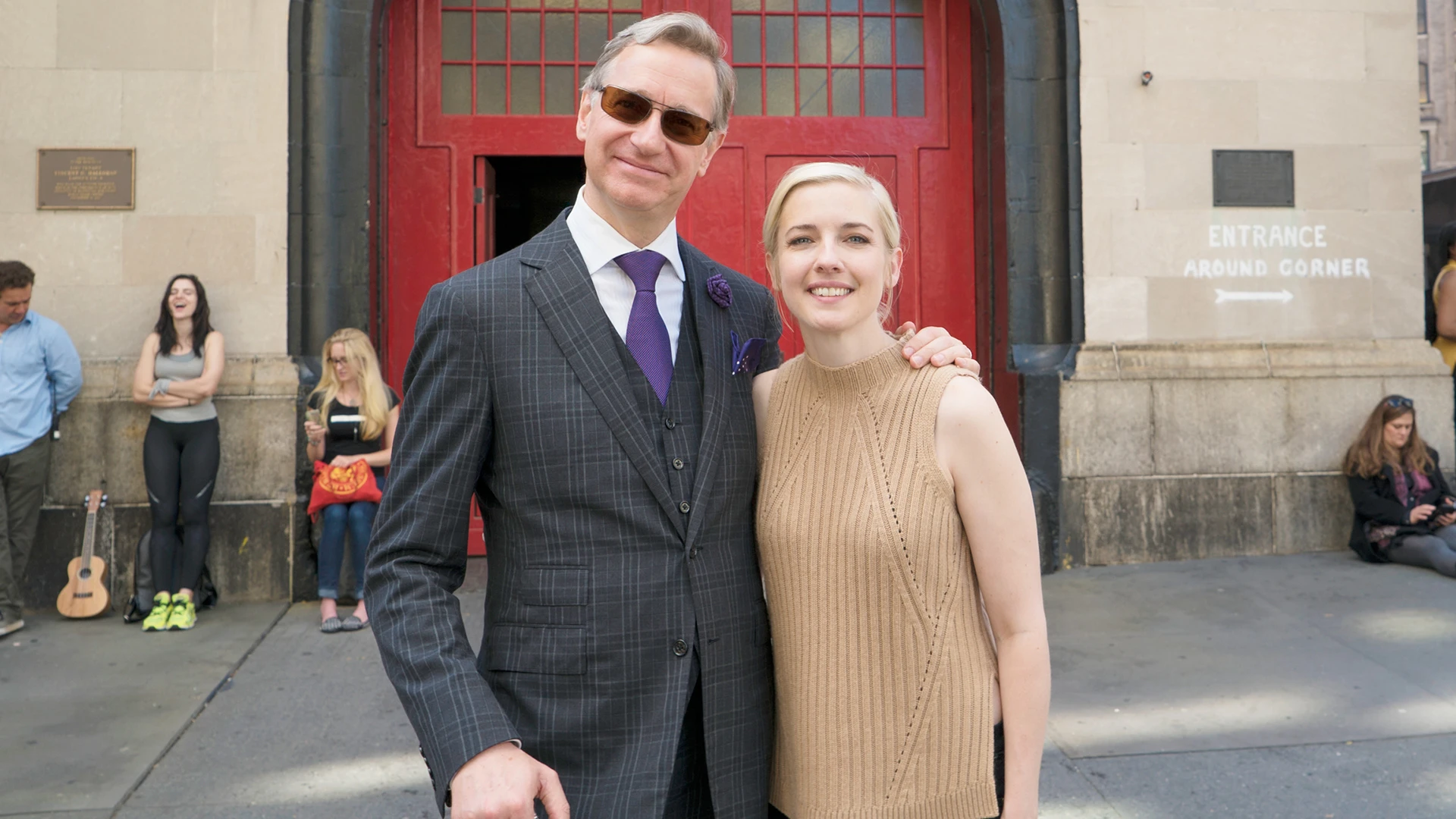
The Age of No Excuses
Feig came of age creatively during the pre-Internet era when four TV networks and six movie studios dominated mass media storytelling. “Back in 1997, when I made my movie Life Sold Separately, which never got seen by anybody, I spent $30,000 of my own money that I’d saved up from being in Sabrina the Teenage Witch just to pay for film stock and developing. Today, I could make a movie with my iPhone that looks a bazillion times better than that $30,000 film. Because of technology, today is the best time ever to be a filmmaker.”
The flip side, Feig cautions: “It’s so easy to make stuff now and get it up on YouTube that you need to make sure you’re putting out something good. Before you hit that upload button, you need to get feedback from people you trust and make sure you’ve put everything you can into your work. Then send it out into the ether and see what happens. It might not be with the budget or the scope that you’d like, but there is no excuse whatsoever to not be doing what you want to do. Go tell your story.”
Recognize your brand’s excellence by applying to this year’s Brands That Matter Awards before the early-rate deadline, May 3.
